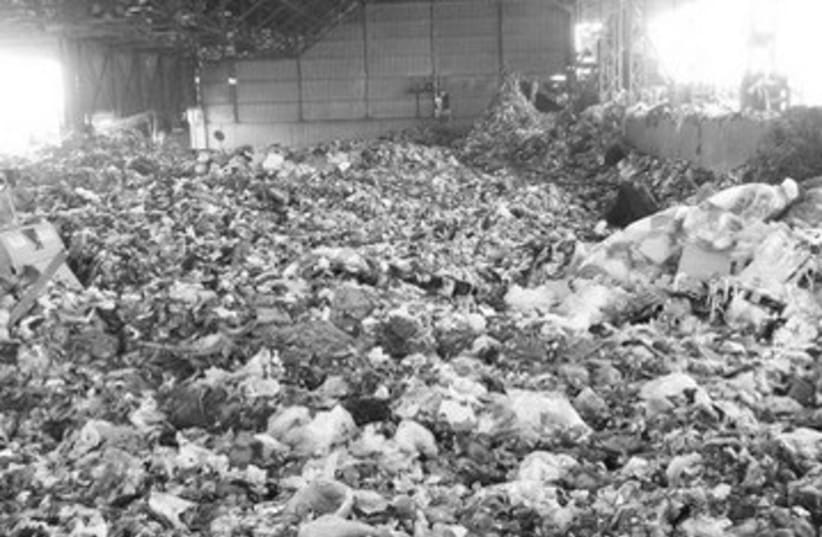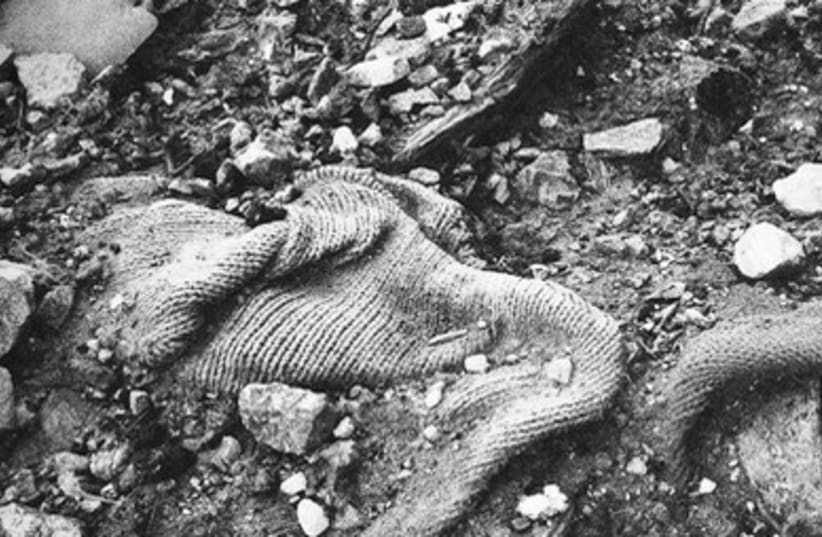
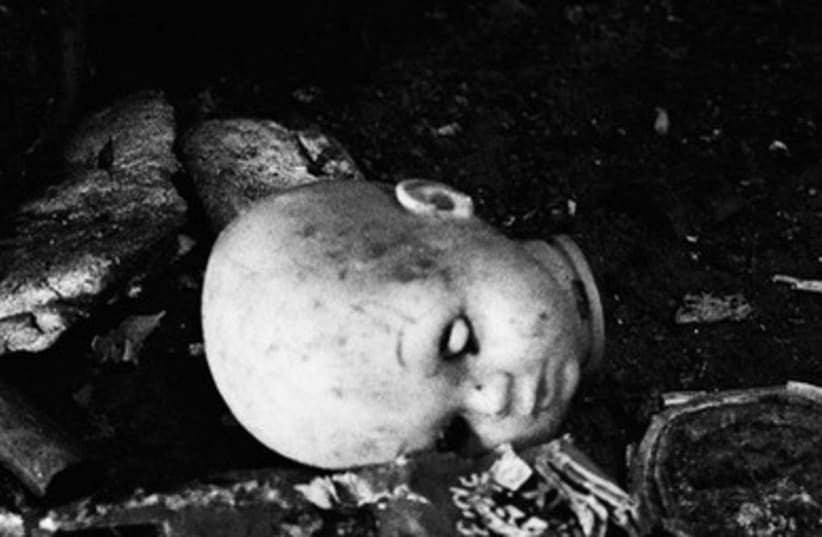
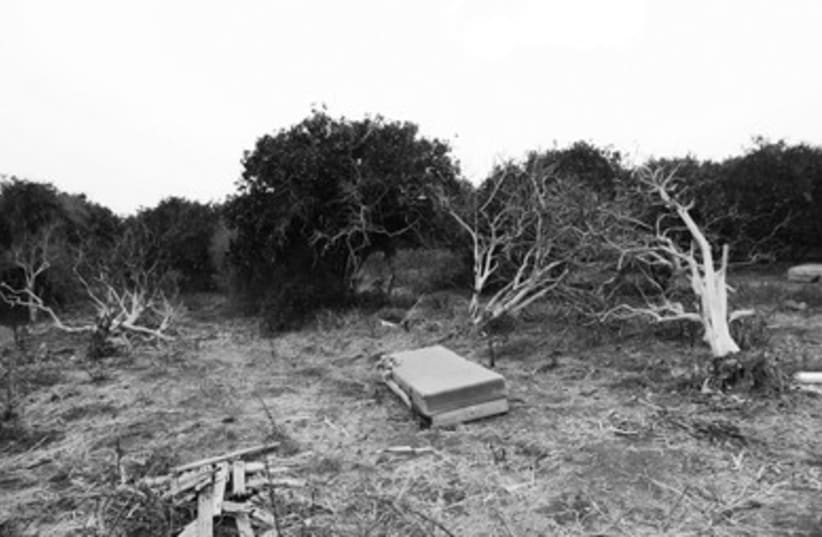
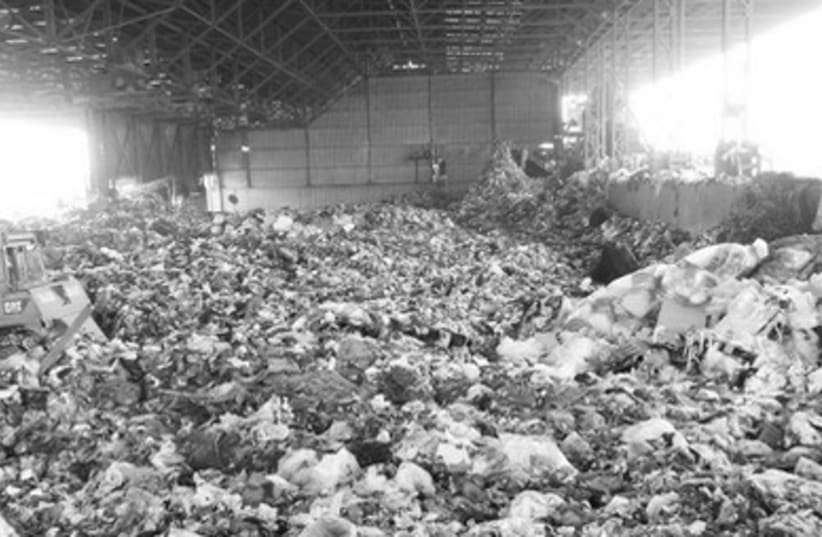

What once served as Israel’s largest landfill is now a haven of environmentalism as waste from all over the country is brought there to be sorted for recycling before being transferred to other facilities; reducing municipal waste by up to ninety percent. An environmental utopia of green space was envisioned for the land adjacent to the Hiriya when in 2001 8,000 dunams (800 hectares) were set aside for the Ariel Sharon Park, marked for completion in 2020.Additionally, in an effort in increase public awareness tours and classes are given to school groups on the significance of recycling and environmental sustainability. Artists working with the park have created functional objects and furniture that inspire individual initiative to re-use and re-create.Another fascinating aspect of exploring the grounds of the Hiriya is the possibility of cultural archeology.Relics from the past peek out from the ground. Everything from silverware to sweaters are scattered around waiting to decompose.Wandering around the vast spaces that surround the Hiriya is an overwhelming, dream-like experience; paradoxically portraying the possibility of environmental renewal against the backdrop of waste.
